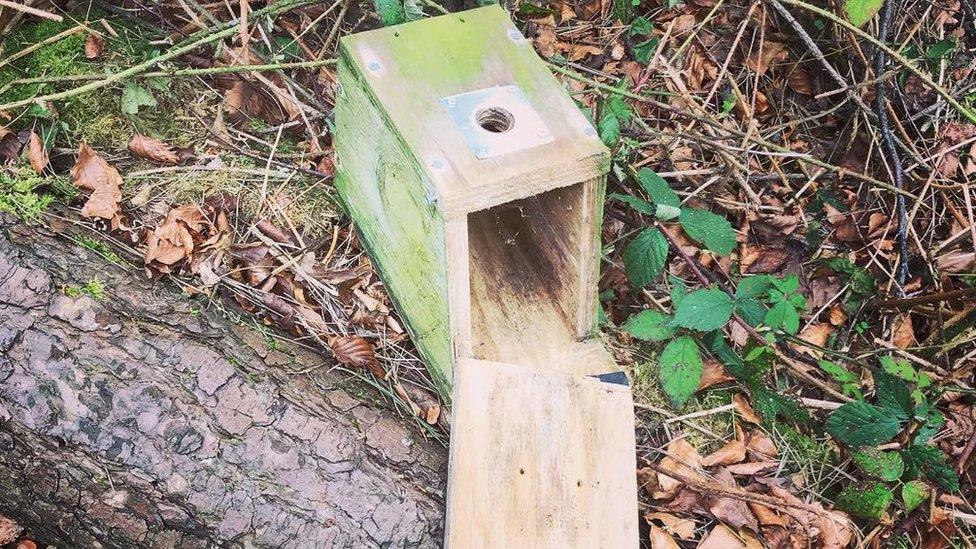Connecting my bird box camera to the web
- Published
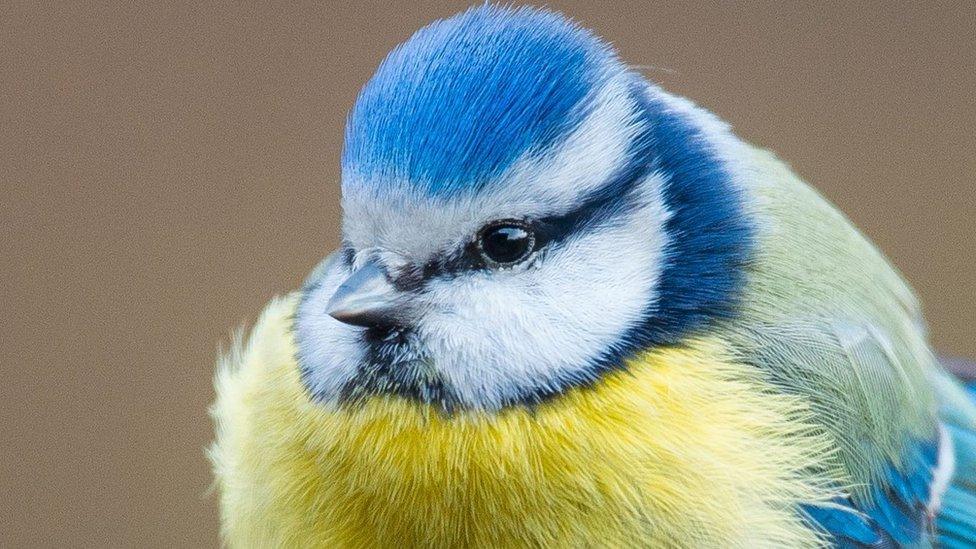
Since my parents retired, they have spent more and more time enjoying the birds that visit their garden.
The British Trust for Ornithology estimates that the public spends more than £200m on bird food each year, so my parents are not alone.
My dad even got into a battle of wills with a local squirrel, to make the bird-feeder harder for it to access.
For their anniversary, I decided to buy them a bird box. As we are all fans of the BBC's Springwatch, I wanted to get one with a camera attached.
There are lots of options for this. Some are wireless and connect to a receiver that you can plug in to your TV. Others connect to the wi-fi and have their own smartphone app. Others have long cables that go directly into your TV.
This last one was the option I went for. It seemed the simplest as there were no batteries to worry about and it would be very easy for my parents to tune in to bird box TV.
So, we installed the box on the side of the house and waited. Birds generally choose nesting sites around January or February, so we had a few months to wait. But the birds did not come.
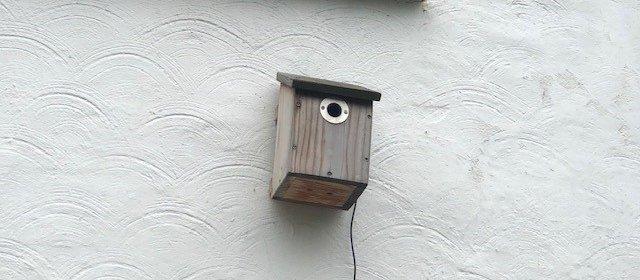
Every few months, I checked the feed just to see an empty box. We were beginning to think that we had wasted our time.
But then just before Easter, three years after the box was installed, I received an excited phone call from my dad. We had blue tits!
While my parents enjoyed watching the birds build their nest, they could not record or share what was happening on the video feed.
They really wanted to show my nieces, but to be honest I wanted to see what was going on inside that nest too!
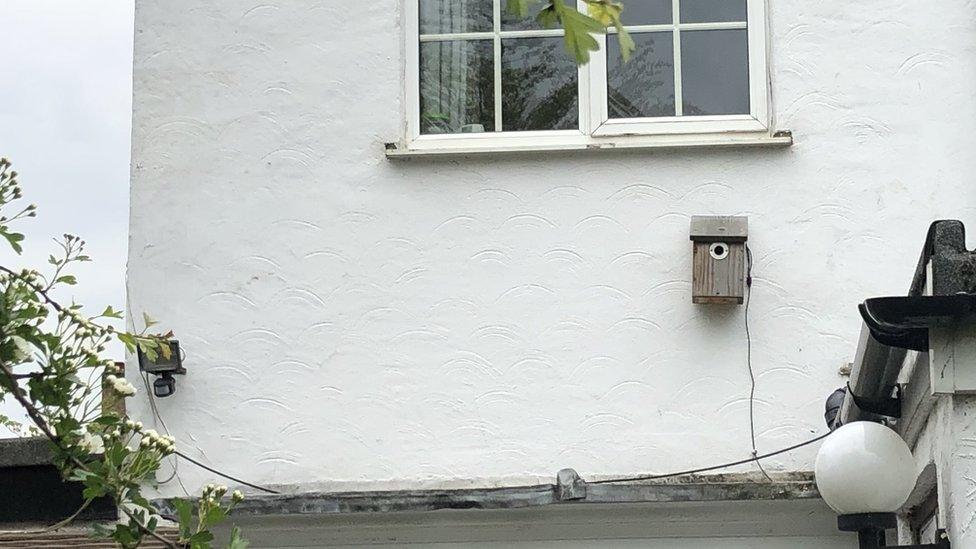
Having chosen a cabled bird box, I needed to find a way to get that feed into a computer. That was relatively easy to do. You can buy a video capture kit for about £25 and that basically turns a cabled camera into a computer webcam.
I was able to plug the device into my laptop and record a short video of our blue tit (named Lucy by my parents) building her nest.
WATCH: Lucy the blue tit makes her nest
But how to get the footage online?
If you have the time and the inclination to learn some coding, a Raspberry Pi would be perfect for this kind of single job computer application.
It is not easy for a total novice but there are lots of message boards out there offering advice.
I spent a weekend trying to make this work but it was beyond me. With a bit more time, reading and patience I could probably have done it, and it would have been a cheap option.
But there were other options. Last year, YouTube made it easy to live-stream directly from Google's Chrome web browser, so all I needed was a machine with the Chrome browser that I could plug into the bird box.
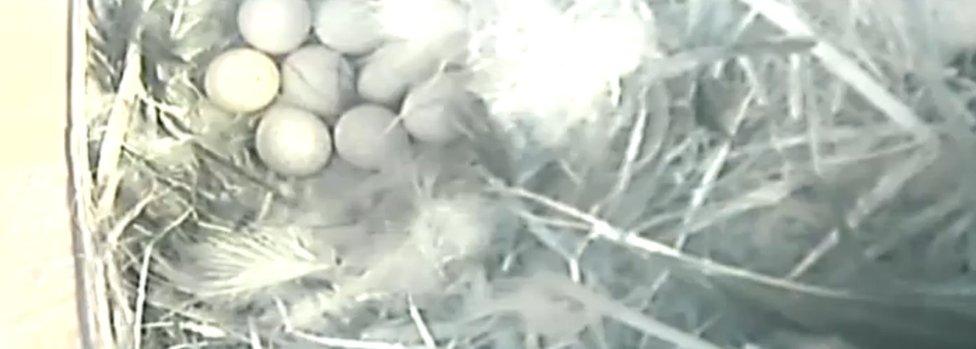
Lucy has laid 11 eggs
After looking at a few reviews I found a cheap mini-PC running Windows 10. Taking advice from people more technically gifted then me, I made sure it had at least 4GB of RAM so that Chrome would run smoothly.
Once it arrived, I installed the browser and logged into YouTube. The video-sharing site makes you wait 24 hours before you can use live-streaming for the first time and you have to provide a verified phone number.
The next day I was ready to go.
Allow YouTube content?
This article contains content provided by Google YouTube. We ask for your permission before anything is loaded, as they may be using cookies and other technologies. You may want to read Google’s cookie policy, external and privacy policy, external before accepting. To view this content choose ‘accept and continue’.
Our bird box is now online for the world to see. At the time of writing, Lucy is sitting on 11 eggs waiting for them to hatch.
By mid-May, I am hoping to have my own Springwatch moment watching our blue tits feeding their family. With a bit of luck they will be back next year too, giving me plenty of time to improve my set-up.
- Published28 March 2019
